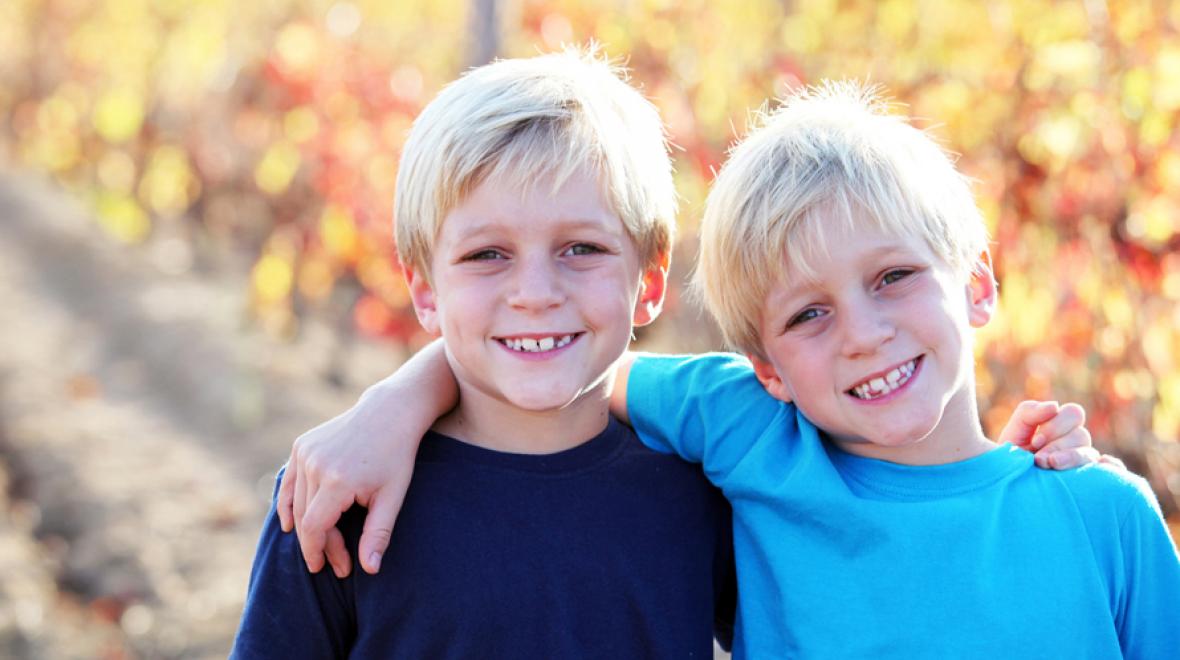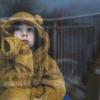
More often than not, whenever I take my 6- and 4-year-old sons out in public, someone asks if they’re twins. They’re not, but I get it — there are only 21 months between them and they do look a lot alike.
Appearance isn’t the only thing these two have in common, either. They love the same TV shows, superheroes, snacks and books. They make up their own inside jokes, cackling wildly at the dinner table while the rest of us look on in confusion. And they’re basically a two-man improv group during playtime: One pitches an idea about what their stuffed animals/cars/Lego mini-figures should do next, and the other jumps in excitedly to follow his brother’s lead without missing a beat.
My not-quite-twins are the best of friends, a relationship I’m confident is helped along by their close proximity in age. It’s incredibly sweet to observe. I mean, doesn’t every parent want their kids to be more to one another than just siblings?
But let’s get real for a moment. Seeing my kids forge a deep connection is more than sweet: It’s a massive relief, considering that my third son was an unexpectedly early surprise. When I found out I was pregnant with him, my other sons were 3 and barely 1. My husband and I definitely wanted a third baby, though not necessarily when we were just getting our feet on solid ground again after the last one.
There were times when literally all three children were crying (at which point I usually was, too).
Finding out we would be bringing another kid into our already chaotic house was stressful, to say the least. I panicked regularly about how I was going to care for three small humans when two of them would be in diapers, two of them needed naps, only one of them could tell me in comprehensible terms what he actually wanted, and all of them would be under the age of 5.
And the reality — once my third son was finally born — was about as exhausting as I expected. There were times when the kids tag-teamed nightly on wake-ups, leaving me with barely any sleep. There were times when literally all three children were crying (at which point I usually was, too). My biggest kid wasn’t big enough to actually be helpful. I worried that my second son would step on or crush the baby during floor play. No one wiped their own butt or ate the same food or knew how to zip up their coat to go outside. It was our own private zoo for many, many months.
I don’t recall the exact point when things changed. I only know that somewhere between my third son learning to share and my second son learning he could get things he wanted without shrieking at high decibels, they started a tentative friendship. They discovered they could make each other laugh. They became braver and more confident, knowing they always had a partner-in-crime for new experiences. They realized it was way more fun to play together than to fight with one another, because playing together meant they were never bored.
Today, they’re inseparable. They start playing together first thing in the morning, before they even come out of their shared bedroom, and seek each other out all day. They ask each other questions, help one another draw dragons and monsters, share sneakers and pajamas. My youngest doesn’t know what to do with himself when his big brother isn’t around, and my middle son comforts his little brother through his preschooler tears, fears and worries every day.
My oldest son is almost 9; he has his own unique interests and is rapidly aging out of most “little kid” activities. The fact that my two younger kids have found a friend in one another — someone they can literally go through life with — is pretty much the best silver lining I could have imagined coming out of a surprise pregnancy. That’s something no one ever told me might happen, but boy, do I wish I had known it back when that pregnancy test showed up positive.
Then, I could only think about all the ways having kids close in age might go wrong — I never even knew what it might look like for it to go right. Spoiler alert: it’s pretty great.
Editor’s note: This article was originally published in August 2019, and updated in August 2020.











